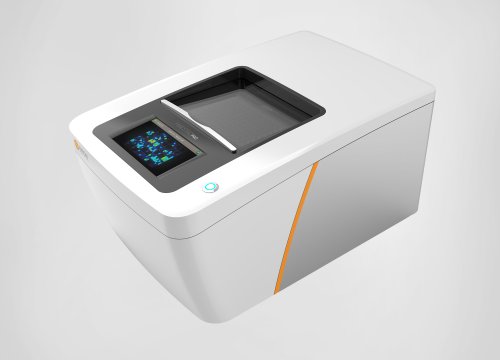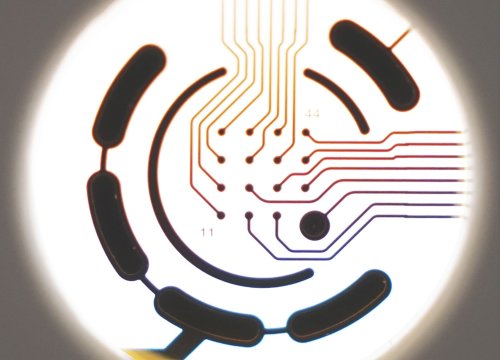Kasteel EEJ, Lautz LS, Culot M, Kramer NI, and Zwartsen A.
Toxicology in Vitro, 2021
Scientists use next generation PBK models used to assess neuronal activity and predict drug concentrations
Physiologically based kinetic (PBK) models are used to simulate concentrations of chemicals in tissues without animal studies, but in vivo data are often incorporated in the results. In this study, scientists use the muscle relaxant and antispasmodic baclofen as a proof-of-principle agent to demonstrate how a “next generation” PBK model based only on in vitro assays and computer simulations can be used to predict effective concentrations in the central nervous system (CNS) for drugs administered orally, intravenously, or intrathecally and determine the effects on neuronal activity.
To assess the in vitro neurological effects of baclofen, the scientists used Axion’s Maestro multielectrode array (MEA) platform to test rat neuronal cultures before and after exposure to the drug and found that up to 4600 times higher doses are needed to induce comparable neurological effects after intravenous and oral administration, compared to intrathecal administration. Taken together with other results, the authors suggest that next generation PBK models with specialized CNS compartments can be used to accurately simulate drug concentrations for neurologically active substances and may help reduce the need for costly pre-clinical pharmaceutical studies and animal testing.


